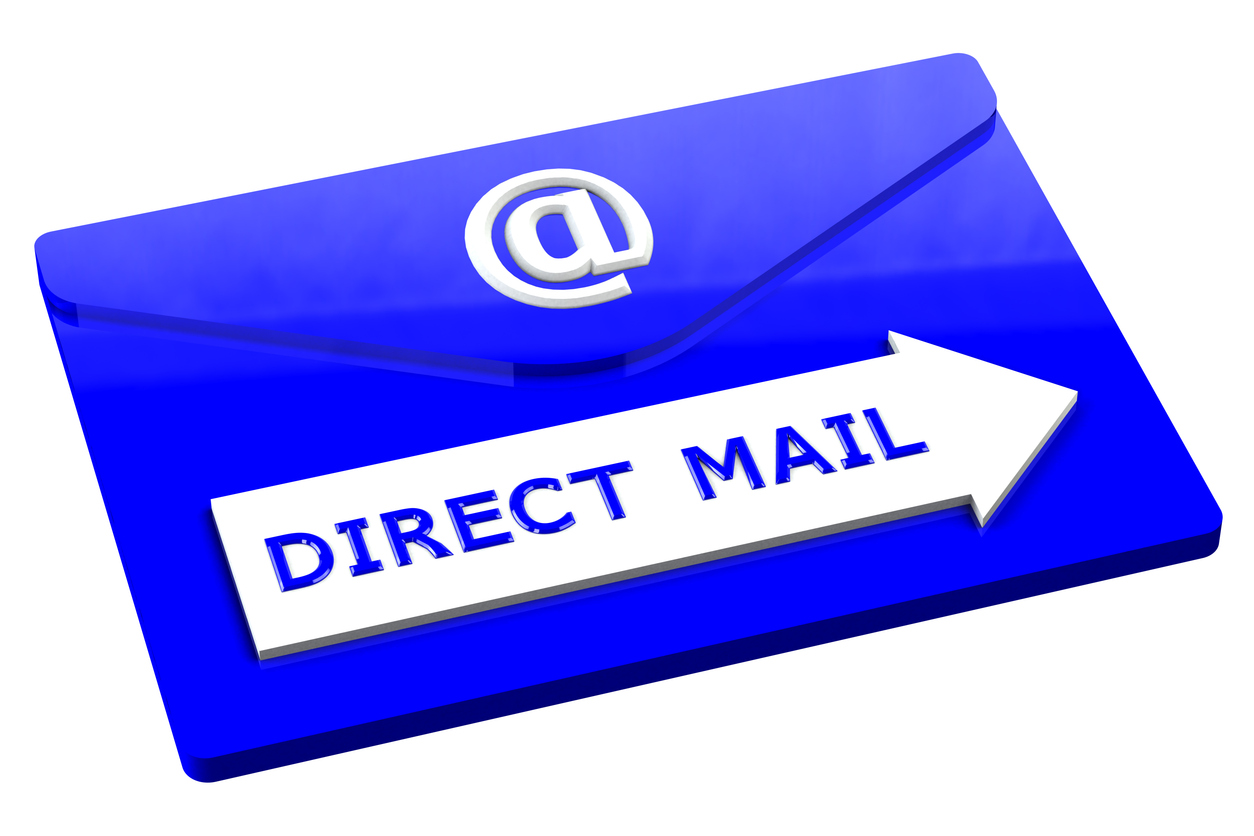Pharmaceutical Tariffs in USA: What Businesses Need to Know
The pharmaceutical industry in the United States is a complex landscape shaped not only by regulatory requirements but also by tariffs that affect imports. For businesses involved in the import and distribution of pharmaceutical products, understanding pharmaceutical tariffs in the USA is crucial for cost management, supply chain efficiency, and compliance.
Understanding Pharmaceutical Tariffs in USA
Pharmaceutical tariffs are taxes imposed by the U.S. government on imported medicines, active pharmaceutical ingredients (APIs), and other related products. These tariffs can affect both generic and branded medicines and vary depending on the country of origin and trade agreements.
Tariffs are designed to protect domestic manufacturers, but for importers, they can increase costs significantly. For businesses sourcing products internationally, staying informed about changes in tariff regulations is essential to avoid unexpected expenses.
Key Factors Influencing Pharmaceutical Tariffs
Several factors determine the tariff rates applied to pharmaceutical products in the USA:
-
Country of Origin: Products imported from countries with free trade agreements (FTAs) may enjoy reduced or zero tariffs, whereas others face standard rates.
-
Product Classification: APIs, vaccines, over-the-counter drugs, and prescription medicines may each have different tariff codes. Correct classification ensures accurate duty calculation.
-
Trade Policies and Sanctions: U.S. trade policies, including sanctions or anti-dumping measures, can influence tariffs. Businesses need to monitor government announcements for updates.
Impact on Importers and Distributors
High tariffs can increase the landed cost of pharmaceuticals, impacting pricing, profit margins, and competitiveness. For distributors, this may lead to supply chain adjustments or seeking alternative sourcing strategies.
Companies must also navigate customs compliance and documentation requirements. Incorrect declarations or misclassification can lead to penalties, shipment delays, or even product seizure.
Practical Solutions for Managing Pharmaceutical Tariffs
Businesses can adopt several strategies to mitigate the impact of tariffs:
-
Engage in Strategic Sourcing: Import from countries with favorable trade agreements or lower tariff rates where possible.
-
Accurate Product Classification: Ensure all pharmaceutical products are correctly classified under the Harmonized Tariff Schedule (HTS) to avoid overpayment.
-
Leverage Customs Expertise: Partnering with experienced customs brokers or logistics providers can streamline clearance and minimize errors.
-
Plan for Tariff Changes: Keep abreast of U.S. trade policy announcements to anticipate and adjust for new tariffs.
Wigmore Trading specializes in navigating complex import regulations. By providing guidance on tariff management, sourcing, and logistics, Wigmore Trading can help businesses reduce costs and maintain supply chain efficiency.
How Wigmore Trading Supports Pharmaceutical Businesses
Wigmore Trading offers tailored solutions for companies importing pharmaceuticals into the USA. Services include:
-
Customs and Documentation Assistance: Ensuring all necessary documents meet U.S. regulatory standards.
-
Cost-Efficient Sourcing: Identifying suppliers and sourcing channels that minimize tariff exposure.
-
Logistics Optimization: Streamlining shipping routes, warehousing, and distribution to reduce delays and costs.
By integrating these services, businesses can focus on growth and patient care without being burdened by tariff complexities.
Conclusion
Understanding pharmaceutical tariffs in the USA is essential for businesses importing medicines and related products. Accurate knowledge, strategic sourcing, and professional guidance can help reduce costs and ensure regulatory compliance. Get in touch with our team to learn more about how Wigmore Trading can streamline your pharmaceutical sourcing and logistics.







Comments are closed.